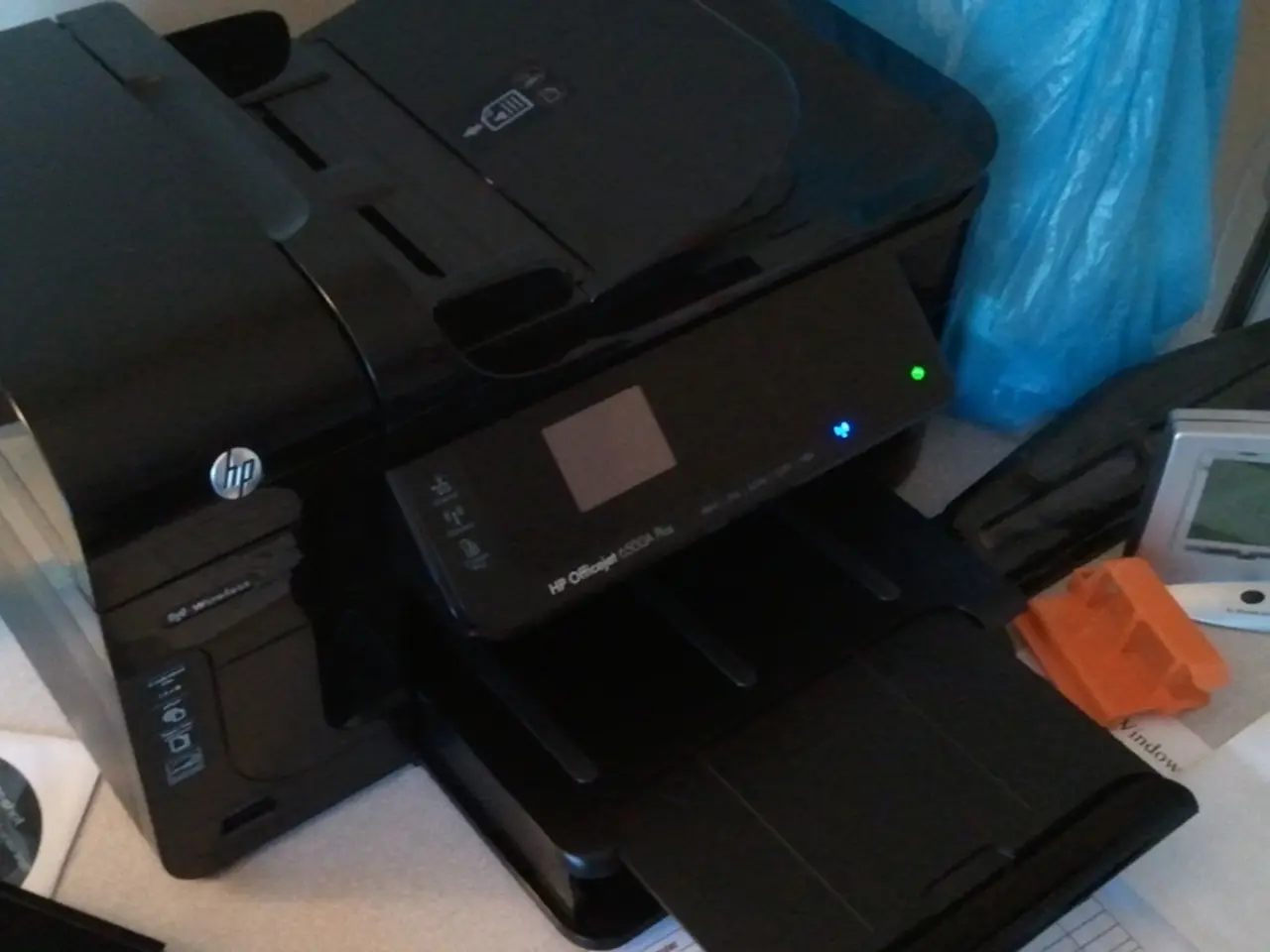Efficiency of Timekeeping Software Over Traditional Manual Tracking In Every Aspect
In today's fast-paced business environment, small and medium-sized enterprises (SMEs) in Germany are turning to timekeeping software to simplify operations and boost productivity. Some of the most popular providers include Clockodo, TimeTac, Crewmeister, Shiftbase, and Personio, all offering features tailored to SMEs such as intuitive interfaces, mobile apps, and project-related tracking.
What makes these software solutions stand out is their ability to automate administrative tasks, integrating seamlessly with payroll systems and eliminating the need for manual calculations. Moreover, they transform raw time data into valuable insights, offering information about productivity patterns, project timelines, and resource allocation.
One of the key advantages of timekeeping software is its accuracy. It reduces errors in time tracking, improving payroll costs and project budgets. Additionally, it ensures compliance with labor laws by maintaining detailed, searchable records of employee hours, overtime, and breaks.
Another benefit is the prevention of potential overtime situations or missed breaks before they become violations. This proactive approach helps businesses avoid costly fines and disputes. Furthermore, timekeeping software can alert managers to unusual patterns in break times, helping address issues before they become expensive problems.
The transition from manual to digital time tracking doesn't have to be complicated. In fact, most businesses find that timekeeping software pays for itself within a few months through improved accuracy and reduced administrative work. It also creates accountability, discouraging time theft and promoting punctuality.
Before making the switch to digital time tracking, it's important to identify specific needs and pain points. Look for software that integrates with your existing systems and offers the features most important to your business. Consider the time your staff spends processing timesheets, the payroll errors that need correction, and the missed billable hours that slip through the cracks.
As the team grows, manual time tracking becomes increasingly unwieldy. Timekeeping software scales effortlessly, adding new employees is simple. The price tag on timekeeping software might seem like an unnecessary expense, but manual tracking carries hidden costs that can add up over time.
In conclusion, making the switch to timekeeping software could be a beneficial decision for a business this year. It offers a smarter way to manage team hours, giving better insights into how a business operates. Moreover, it helps managers make decisions based on facts rather than assumptions, ultimately leading to improved efficiency and profitability.
Read also:
- Discusses Rasmus Sojmark's thoughts on the Legends Charity Game before SBC Summit
- Stone mining has transformed the once renowned 'Sada Pathor' into a desolate, post-apocalyptic landscape.
- The Developmental Journey of Digital Supply Chains
- In the Heart of Soho, Manhattan, a New Brewery Emerges Underground








